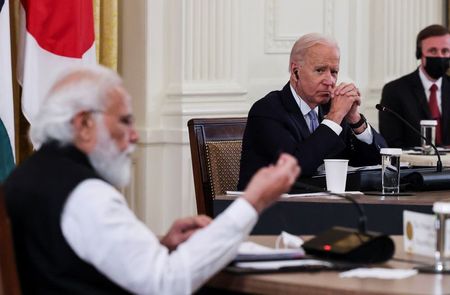
Ukraine Conflict and India’s Hard Choices
 Thu, 10 Mar 2022
| Reading Time: 6 minutes
Thu, 10 Mar 2022
| Reading Time: 6 minutes

On 24th January 2022, I assessed and tweeted from my account (@InsightGL) that Russia will invade Ukraine after 20th February, the closing day of the disastrous Beijing Winter Olympics. Unfortunately, my predictions came true, and activities started on 21st February. The invasion of Ukraine is part of history now.
Ukraine is getting crushed in the great power competition and will take decades to recover. It has lost $240 billion between 2014-2020. The present daily revenue losses range from $4-5 billion and increasing. The situation is beyond the capacity of the 57th ranked world economy to recover from.
Post-war, the West would move in under the garb of rehabilitation and support and may never leave. But the present situation has already put many nations in a quandary; India is one of them. Does India have many choices? If yes, then what are India’s options in this very complex situation?
Is India Neutral?
On 2nd March, United Nations General Assembly (UNGA) strongly reprimanded Russia for invading Ukraine. The UNGA demanded an immediate withdrawal of all Russian forces. India abstained from the resolution. This was the fourth time in the past few days India had abstained from voting on Ukraine-related resolutions.
With this, the Indian government was trying to portray a neutral stand. However, the reality is that India is not neutral. It is leaning towards Russia. It is not clear if it was on India’s insistence, but the recent Quad joint statement also abstained from mentioning Ukraine.
Is Neutrality Beneficial for India?
What do Indian foreign office and diplomats have in mind? Is it ‘a wait and watch’ policy or ‘do as it comes’ policy? None of these policies are good enough. As a wise man once said, “Politeness is organized indifference.” Soon, India will see immense pressure from the West and specifically from the United States. Things may go bad quickly; therefore, India needs to work on two strategies, weigh their pros and cons, and implement them at the right moment, rather than groping in the dark.
The two options are simple, either to go with Russia or side with the Western block. Each strategy should be thought about, dispassionately keeping in mind the national interest. India is fortunate to have career diplomats in various positions of government decision-making. I hope they understand the game well.
The Russian Option
In early 2014, Russian forces had invaded and annexed Crimea from Ukraine. India stood with Russia like the ‘Rock of Gibraltar.’ India stuck to its stand that legitimate Russian interests are involved in Crimea. This and, in many other instances, India sided with Russia at various world forums.
India also continues to do a balancing act between Russia and Ukraine. Both nations are important to India from various angles. For this very reason, the Indian Prime Minister Modi spoke to Russian President Vladimir Putin and Ukrainian President Zelenskyy on 7th March.
Despite low bilateral trade figures, both nations remain important to India, mainly from a military point of view. It is a well-known fact that Ukraine has a considerable stake in up-gradation, maintenance, and spare parts supply of Indian Army tanks and armoured vehicles, supply of engines and spare parts for Indian Navy and upgrade of Indian Air Force’s An-32 fleet, maintenance of Mi-17 & Mi-35 engines and sourcing of R-27 air-to-air missiles for Su-30 MKI fighters.
The lesser-known fact is that Russia produces neon, a gas that is then sourced and purified by Ukraine and supplied to chip makers across the globe. The short supply of this would affect the Indian government’s plans. The government had just given a push to the semiconductor industry with a $30 billion incentive scheme.
Russia is also a leading palladium supplier. Palladium is a critical metal used for catalytic converters in the automotive industry and jewellery making. India is the 5th largest carmaker in the world. India also ranks 1st to 5th in all kinds of jewellery categories. India doesn’t depend much on Russian oil and coal. GAIL (India) Ltd has a 20-year deal with Gazprom of Russia to buy 2.5 million tonnes of LNG a year. Indian exposure to Russian natural gas is just 0.2% of the Russian exports.
The area which will affect India the most is its dependence on the world’s second-largest arms exporter’s military hardware. Despite the considerable reduction in the Russian deals, Russia remains a significant and reliable source of military equipment, especially the fighter fleet of the Indian armed forces. Russia also doesn’t shy away from the transfer of technology (ToT). T-90 tanks, BrahMos missiles, and Su-30 MKI fighters are many examples.
But, how does Russia see India? Despite Putin’s lightning visits to India, it sometimes needles India through China and Pakistan. Russia has kept the Reciprocal Exchange of Logistics (RELOS) pending since the idea was floated. RELOS is a long-awaited administrative agreement that would enable the militaries of both countries to access logistics and support facilities at each other’s bases and ports. From the foregoing, it looks like that for Russia, India is important but nothing special.
The Western Option
The American assistant secretary of State for South Asian affairs, Donald Lu, recently informed the lawmakers that the Biden administration is weighing the options to impose sanctions against India over its continued use of Russian military equipment. The statement indicates that the West, especially the United States, would put immense pressure on India in the days to come.
Such moves could put India in a bind. There are $15 billion military hardware deals still in the pipeline with Russia. The long-awaited and potent S-400 Triumf missile defence system has just started arriving from Russia. The production of 0.5 million AK-203 assault rifles in partnership with Russia has not started. The whole situation would make spares supply for 400 odd IAF fighters, from bad to worse. Any adverse move by the United States would also jeopardize IAF’s plans to buy 21 MiG-29 fighters from Russia and local manufacturing of 18 Su-30 MKI fighters. The Indian Navy is yet to take delivery of a $3 billion Akula class submarine (Chakra III). The ten years lease was to start from 2025.
On the economic front, four among the top 10 trading partners of India are the USA, the UK, Germany, and the Netherlands. This displays that India has a good equation with the Western nations. France is another European country that has heavily invested in the Indian defence and energy sector. It would be noteworthy that India-Ukraine bilateral trade is a measly $2.7 billion, whereas, with Russia, it is likely to touch $8.1 billion. None of them figure among the top 25 trading partners of India.
The American Angle
In late March 2000, during Prime Minister Atal Behari Vajpayee’s tenure, Bill Clinton became the first US president in over twenty-two years and only the fourth to visit India. Indian Finance Minister, Yashwant Sinha, said, “President Clinton has swept away fifty years of misperception, and that the two countries appeared to be on a path of realistic engagement.”
After the initial ice breaking, the relationship took a significant turn on 10 October 2008, when Prime Minister Manmohan Singh and President George W. Bush signed the Indo-US nuclear cooperation agreement, followed by Defence Technology and Trade Initiative (DTTI) in 2012. Soon many projects were floated under DTTI.
In June 2016, the United States designated India a “Major Defence Partner.” The next three years saw the signing of important agreements like the Logistics Exchange Memorandum of Agreement (LEMOA), Communications Compatibility and Security Agreement (COMCASA), Industrial Security Annex (ISA), and Basic Exchange and Cooperation Agreement (BECA). President Trump also pledged to support the transfer of advanced US military technology to India.
Despite the number of cooperation agreements signed, except for the joint venture of air-launched unmanned aerial vehicle, no other project has made much progress. No transfer of technology (ToT) has taken place. Instead, the US continues to threaten India with the implementation of Countering America’s Adversaries Through Sanctions Act (CAATSA) over procurement of S-400 and other Russian military hardware.
Stop Pontification
The United States expects India to denounce the Russian invasion of Ukraine just like other Quad members, without committing itself to legitimate Indian security concerns and threats. Other European nations are just toeing the American line. For India, being neutral at this stage is in its national interest.
The United States and Japan have the “Treaty of Mutual Cooperation and Security”, keeping Japan under the American security umbrella. Australia, the United Kingdom, and the United States have defence deal AUKUS, helping Australia acquire nuclear-powered submarines. The United States has displayed no such commitment towards India, even though India has reduced weapons imports from Russia by 33 percent.
Eventually, India would have to take a stand in the national interest. The Ukraine war has made two aspects clear; Russia is going to be more dependent on China, and the West lacks commitment to its budding partners. India is not looking for the West to fight its wars; they can’t. However, the West and especially the United States have to come clear on its commitment and back it up with technological support. When that happens, India should decide its further course of action. Till then, all options are open. It is time for the West to keep guessing.
“End of one cold war brought India closer to the United States, would the start of the new cold war cement that relationship? The US commitment would make that decision making very easy.” ~ Insightful Geopolitics
****************
Disclaimer
The opinions expressed in this article are the author’s own and do not reflect the views of Chanakya Forum. All information provided in this article including timeliness, completeness, accuracy, suitability or validity of information referenced therein, is the sole responsibility of the author. www.chanakyaforum.com does not assume any responsibility for the same.
Chanakya Forum is now on . Click here to join our channel (@ChanakyaForum) and stay updated with the latest headlines and articles.
Important
We work round the clock to bring you the finest articles and updates from around the world. There is a team that works tirelessly to ensure that you have a seamless reading experience. But all this costs money. Please support us so that we keep doing what we do best. Happy Reading
Support Us





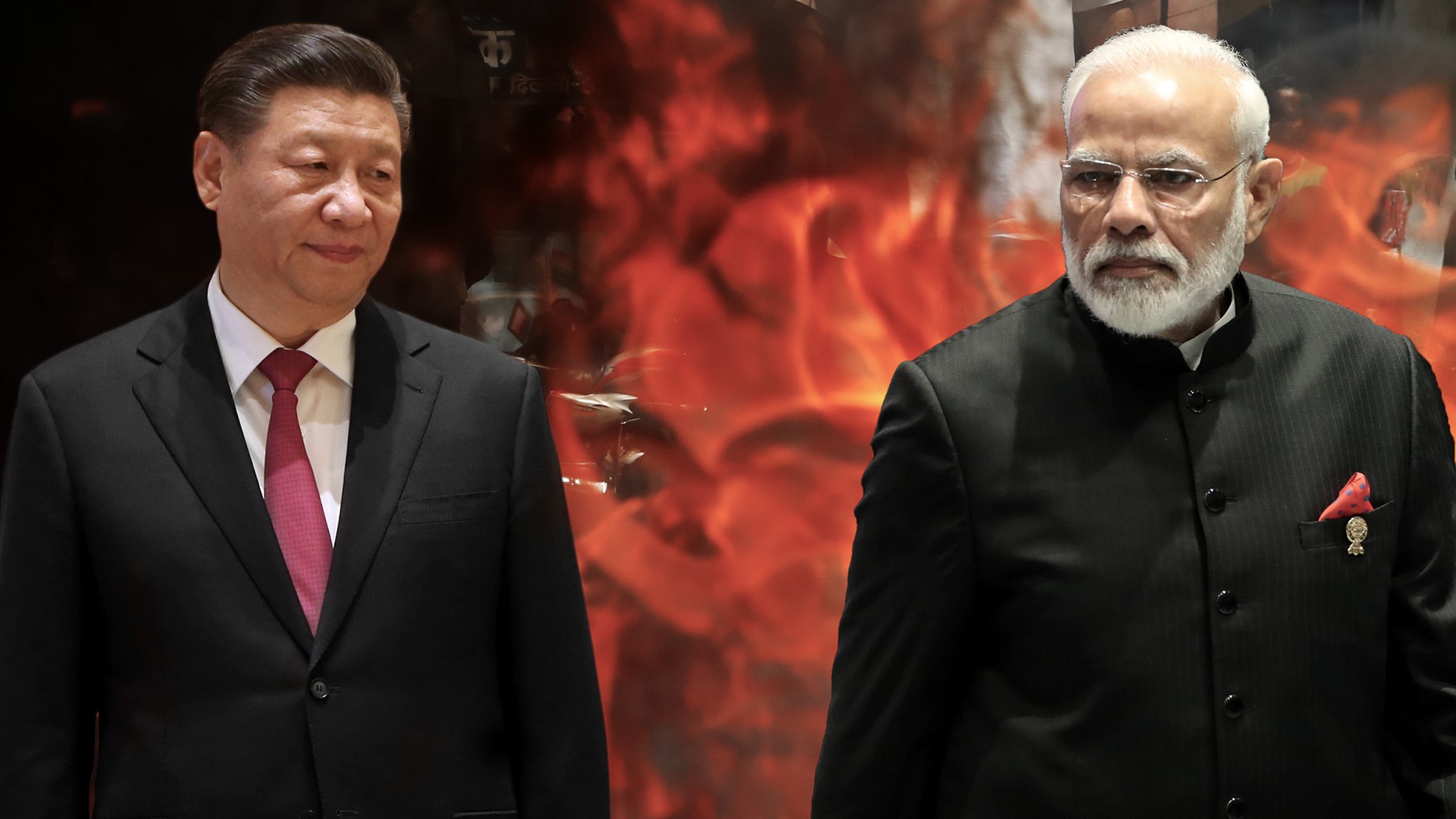
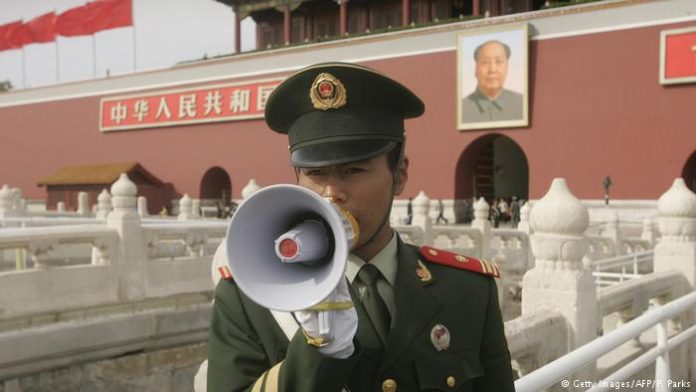
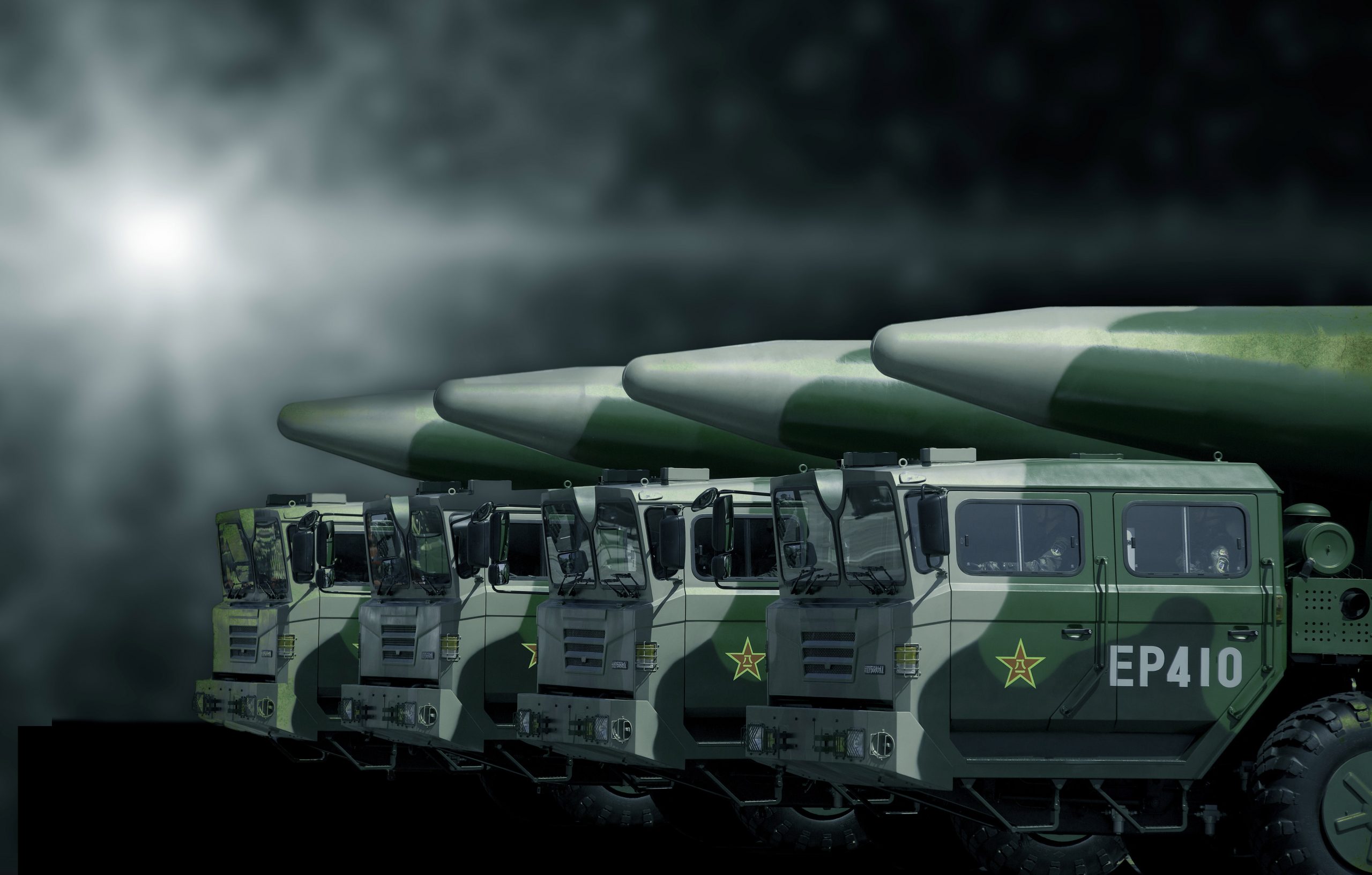

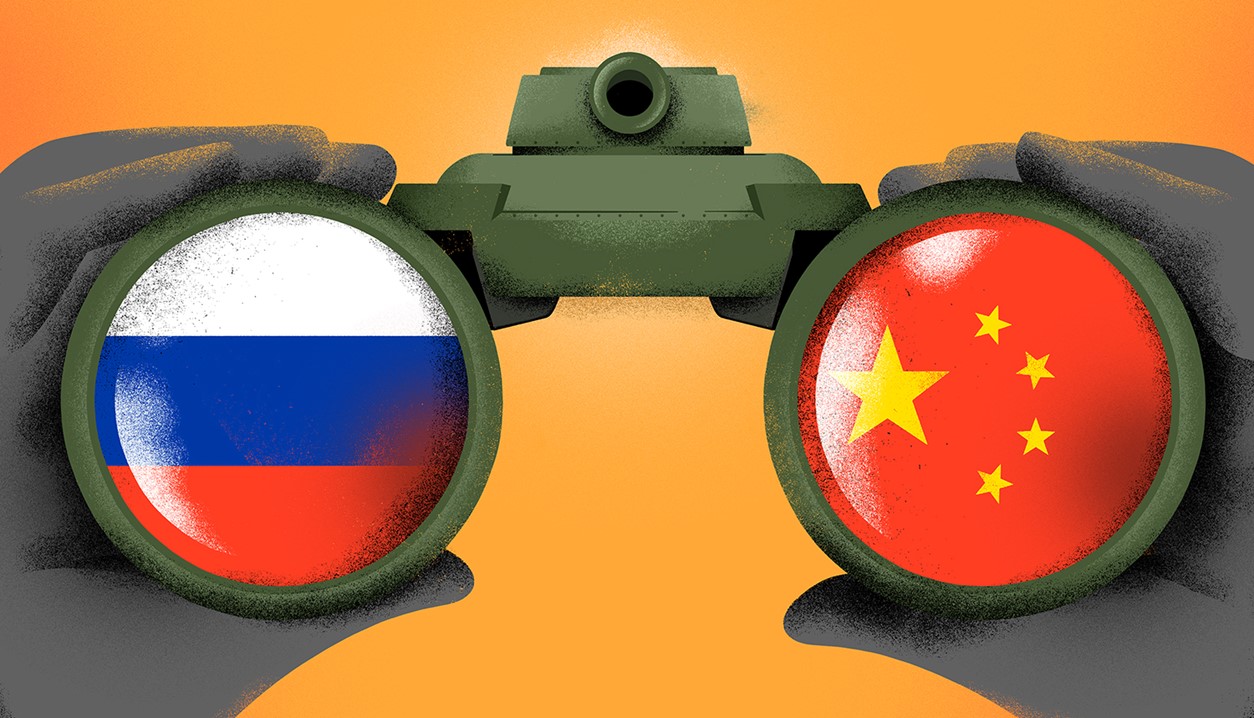

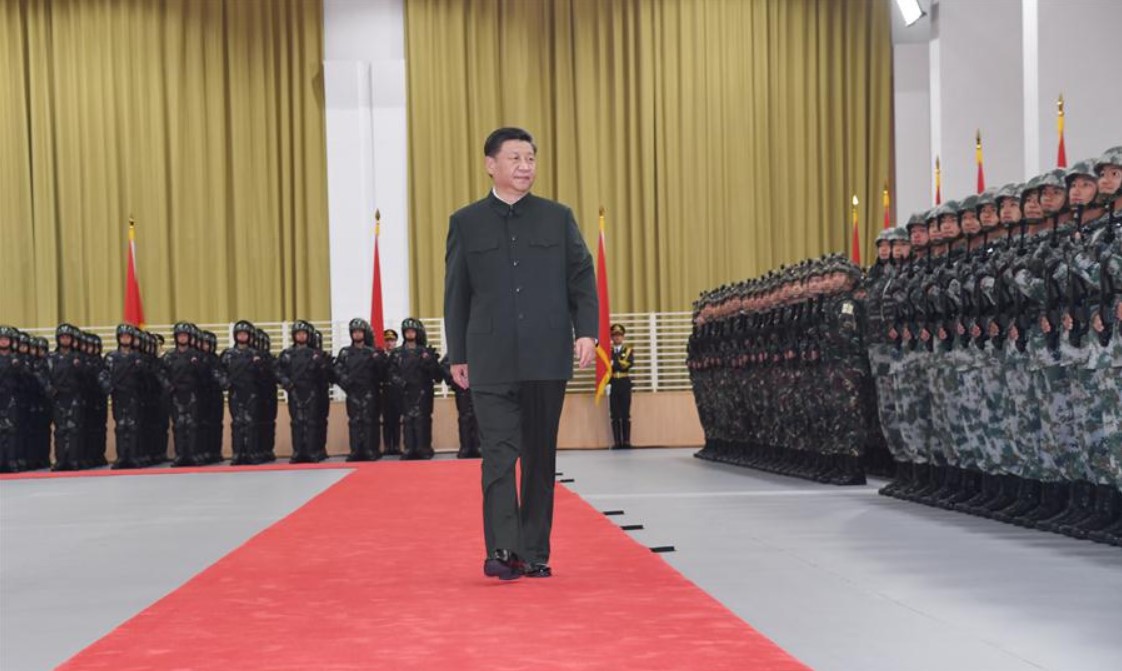
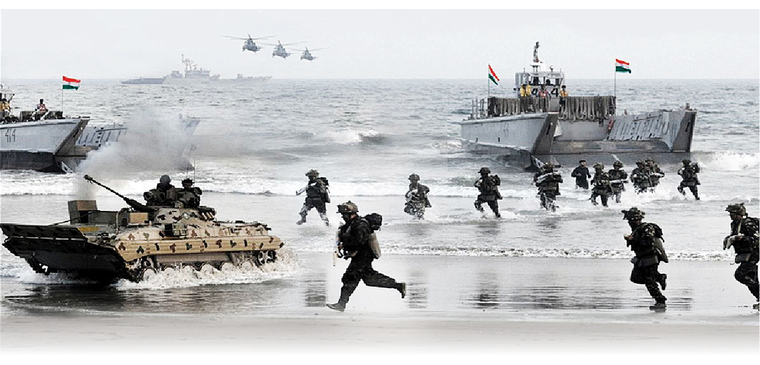

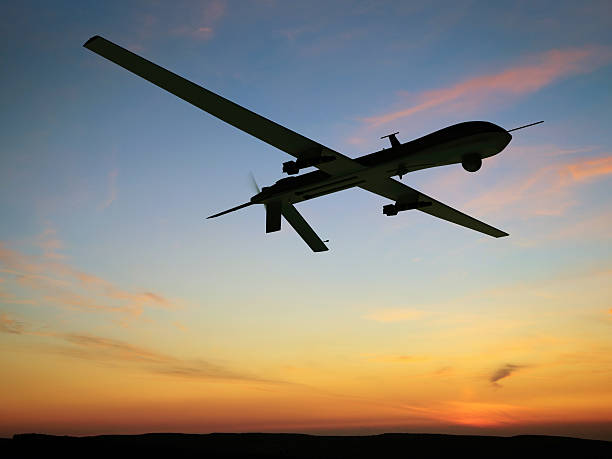






POST COMMENTS (25)
Chanchal Chakraborti
Amar
Jas Dhali
D'Nanda Dunham
Girish
Girish
Kalidan Singh
Abhimanyu Jhaver
Cdr Deepak Singh
Pradeep sharan
Kanika Dhawan
Cdr VC Pandey
Capt Ravishankar
Wendell Bruges
Dilip Sharma
Keith Kenny
Rominad
Raman Gupta
Rakesh P
Narinder Pal Singh Hora
Sukhjit singh
Shaurya Shandilya
Gyan Sharma
Deovrat Pagay
ASHOK IYER